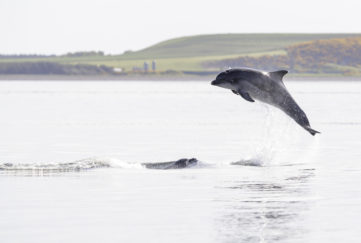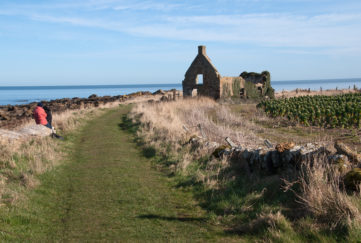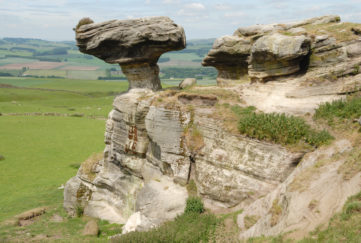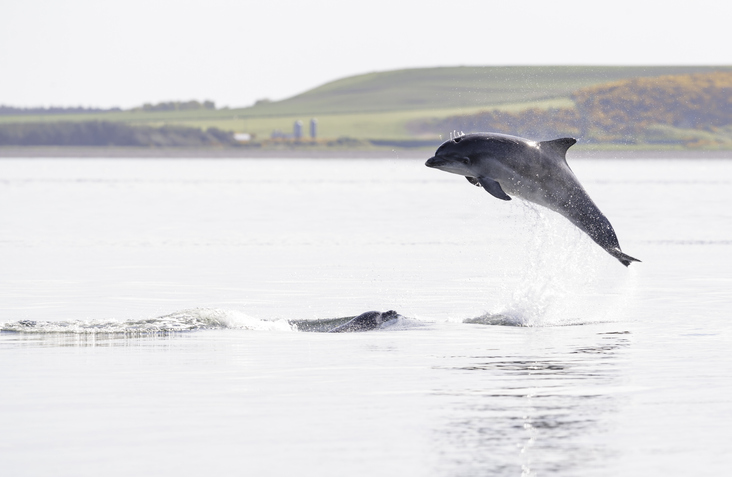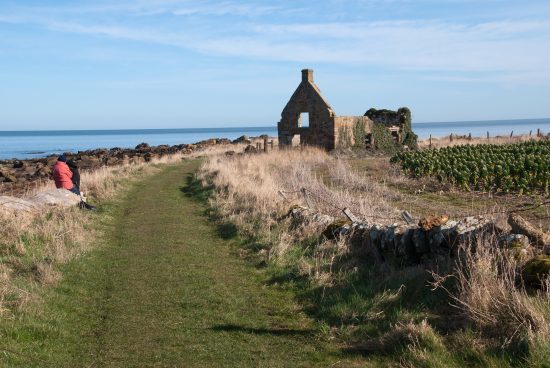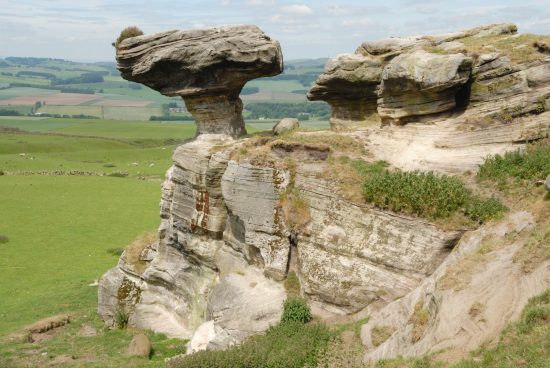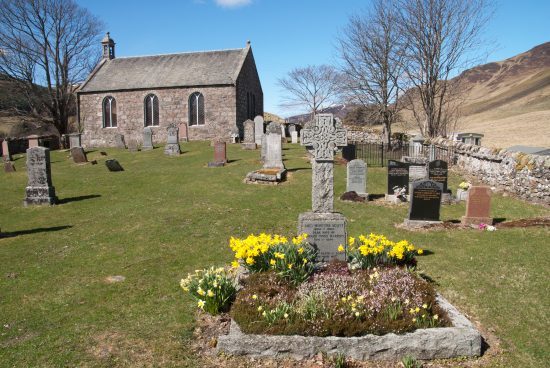Willie’s View: Villages Built On Lime
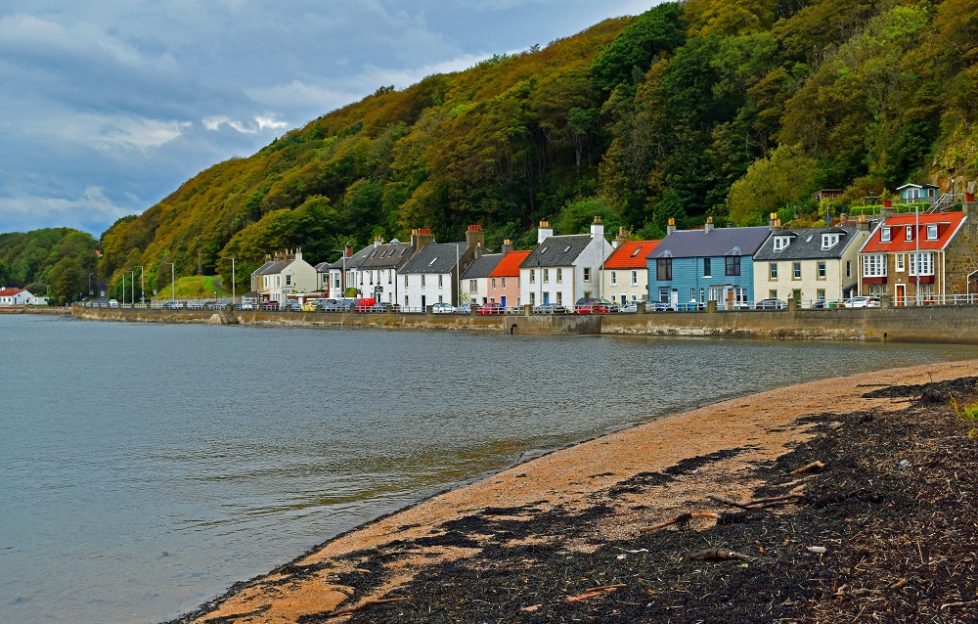
In this week’s Willie’s View, our travel writer puts his boots on to explore two historic Fife villages.
The villages of Limekilns and Charlestown sit only half a mile apart on the shores of the Firth of Forth. Yet they have totally different characters.
The former was the ancient port of Dunfermline. It probably existed from at least the 11th century.
The latter, on the other hand, didn’t exist at all before the mid-1700s.
Charlestown was one of Scotland’s earliest industrial planned villages. When Charles, 5th Earl of Elgin, founded it he even signed it by arranging the streets to form his initials “CE”.
Charlestown owes its existence to the vast outcrops of lime found on the Earl’s estate. This morning, from the now abandoned lime kilns down by the harbour, I took a pleasant circular walk through the Broomhall Estate returning by Limekilns.
It’s amazing to think that these kilns formed the largest lime producing complex in Europe. They burned almost continuously for 200 years.
The Earl’s railway that brought the raw materials to the kilns was pulled by horse. It would be a heavy pull on the uphill!
But at least the horse might enjoy the downhill bits as it could climb aboard and ride on the rear carriage.
The wee Elgin railway claims to be the first railway in Scotland to carry passengers.
Anyway, it’s not often you find a well at the side of a railway line.
There not for topping up the steam engine, but for watering the horses.
![]()
For more from our Willie’s View series, click the tag below.
You can read more from the rest of the “Friend” team by clicking here.


